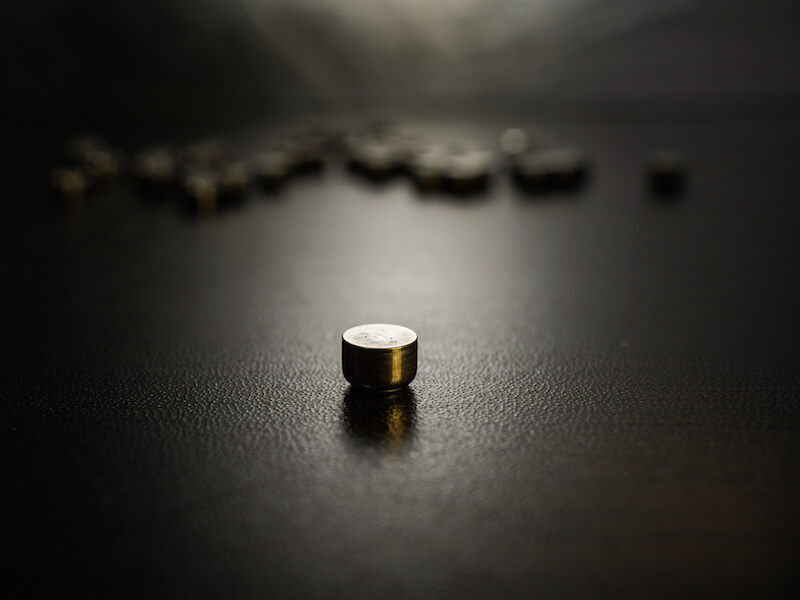
Modern technology has changed the way we power electronics of every type, from cameras to phones to music players. For years, those looking to address hearing loss have wished for a similar advancement, and the industry is finally recognizing the promise of a robust rechargeable hearing aid battery.
Disposable hearing aid batteries have traditionally been the power source of choice amongst manufacturers, with size 312 batteries being one of the more prevalent battery types. Nowadays, the most prominent version of these batteries is known as a “zinc-air” battery.
Disposable Hearing Aids Have a Downside
The presence of air impacts a zinc-air battery, as the name implies. The user has to pull a small tab off the back of a 312 zinc-air battery in order to activate it.
They will start draining power the moment they are fully oxygenated. So the power is draining even if the user isn’t currently using it.
Most users consider the length of life to be the biggest drawback of disposable batteries. With 312 batteries, the user may be replacing the batteries in their hearing aids about 120 times every year because they drain in 3 to 12 days according to some reports.
Because of this, besides having to purchase 120 batteries, the user will have to switch and properly dispose of batteries at least twice every week. That’s most likely over $100 in batteries from a cost perspective alone.
Advancements in Rechargeable Batteries
Thankfully, for hearing aid wearers looking for another approach, there have been significant improvements to rechargeable hearing aids that now make them a viable solution.
The vast majority of people would use rechargeable hearing aids if given an alternative according to various studies. Until recently these models have historically struggled to give a long enough charge to make them worthwhile. However, modern advancements now facilitate a full day of use per charge.
Users won’t see significant cost savings by changing to rechargeable batteries, but where they will see an obvious improvement is in quality of life.
In addition to providing 24 hours of use time, these new models result in less aggravation for the user, since there’s no more changing and properly disposing of batteries. They just need to put the battery on the charger.
When a disposable battery nears the end of its life it won’t run your hearing aid at full power. There’s also no exact way to identify how near to being inoperable the battery actually is. So the batteries might die at the exact moment that a user needs them the most which might even put them in peril. A faulty battery will not only lead to a safety hazard, it could cause the user to miss important life moments.
Types of Rechargeable Hearing Aid Batteries
Rechargeable batteries come in various different materials, each offering unique advantages. Integrated lithium-ion batteries are one option being used by manufacturers because they can hold a charge for 24 hours. You might be surprised to know that this same kind of technology is what charges and powers your smart-phone.
Silver-zinc technology is another material used for today’s rechargeable hearing aids. Originally, these revolutionary batteries were manufactured for Nasa’s moon missions. You can even use this technology to update and retrofit the existing hearing aids you’re comfortable with by changing the device to rechargeable power. Just like lithium-ion, silver-zinc can also produce enough power to last you for a full day.
There are also models that let you recharge the hearing aid without taking out the battery. At night, or at some other time when the hearing aid isn’t in use, the whole hearing aid can be put directly into the charger
While all of these rechargeable strategies provides significant advantages over disposable batteries, each approach should be properly vetted to get a complete picture and to see if it’s right for you.
If you’re searching for more information about hearing aid technology or how to pick the proper hearing aid to meet your needs, we encourage you to take a look at our hearing aids section.